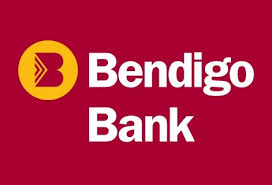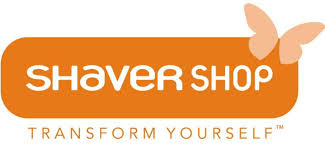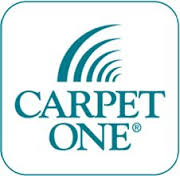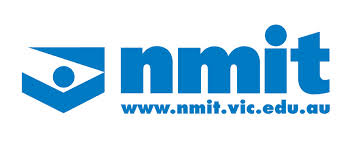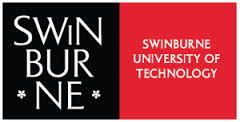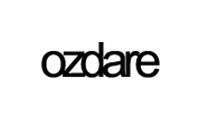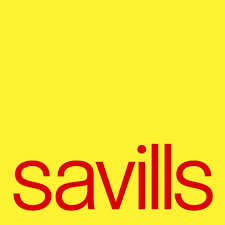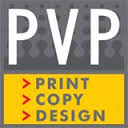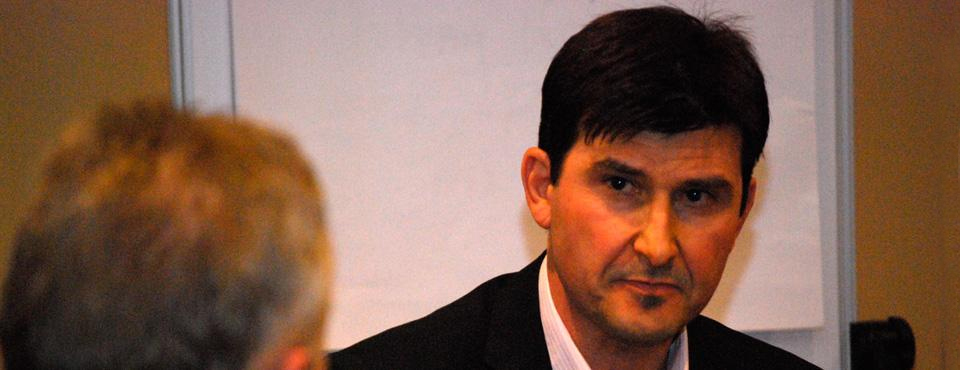Managing different personalities at work
When a group of diverse individuals come together in the workplace to operate as a team attempting to achieve a shared business goal, it can be a challenge for the team leader to manage such differing personalities so the team can function as a positive, productive unit?
After working with people in a variety of workplaces over a 25 year period coupled with 21 years of studying human nature I have come to the conclusion that the best way is to just give people what they need to work effectively.
Rather than follow the old Golden rule which states: “Do unto others as you wish to be done to.” I prefer the Platinum rule: “Do unto others as they want to be done to.”
To help clarify this let’s take a look at how Extended DISC© categories human behaviour into four distinct behavioural styles and how each prefers to be treated.
The Four Behavioural Styles:
a. Dominant.
b. Influence.
c. Steadiness.
d. Compliance.
To give you an idea of the difference between each style let’s look at an example of how you would possibly react depending on your preferred behavioural style if your boss was to praise you for good work.
If your behavioural style is Dominant you may think to yourself, “What are they talking about, I always do a good job.”
If your behavioural style is Influence you will just talk and talk and talk.
If your behavioural style is steadiness you might say, “I was just doing my job.” And think to yourself, “How can I do better?”
If your behavioural style is Compliance you may think to yourself, “Why are they saying this?” or, “Wasn’t I doing a good job before?”
As you can see each of these styles of people will respond differently. The secret to getting the best from people is to firstly try to gauge what their preferred style is and then adapt the way you manage each of them. For instance:
A Dominant behavioural style prefers for you to get straight to the point. They will focus on the big picture. They are very task orientated so they will ask questions like, “What needs to be done now?”
An Influence behavioural style likes to have a chat and socialise, they prefer to discuss business in the local café while sipping on a latte. They enjoy working with others so they will ask questions like, “Who else will be involved with this project?”
Someone with a Steadiness behavioural style will want you to explain things slowly and carefully. They will want to know that you have thought this through properly. They are very cautious so they will ask questions like, “How are we going to do this?”
A Compliance behavioural style needs to know that all the rules will be followed and that tasks will be done in an orderly fashion. They will want to know at least some of the details upfront. They are deep thinkers so they will ask questions like, “Why are we doing this?”
Start to think about people you know and see if you can place them into each of the four behavioural style categories. When you meet someone for the first time also see if you can quickly work out what their behavioural preference is.
Things to look for are:
a. Are they a fast talker (either Dominant or Influence). Tip: Talk fast.
b. Are they a slow talker (either Steadiness or Compliance). Tip: Talk slow.
c. Do they talk about themselves a lot (probably a Dominant). Tip: Just listen or at least look like you are.
d. Are they very chatty (very likely an Influence). Tip: Be up-beat and energetic.
e. Are they a good listener (probably a Steadiness). Tip: Try to appear credible and genuine.
f. Do they ask a lot of questions (most likely a Compliance). Tip: Don’t stand to close, and make sure you know what you are talking about.
If you practice using the ideas and tips presented here to look for clues in people’s behaviour you will be able to quickly determine their preferences. If you then adapt your behaviour to match theirs you will be able to quickly develop rapport with anyone, and you will find that communication and exchange of ideas will be smoother and more efficient allowing for increased productivity, easier management of teams and a happier workplace.



